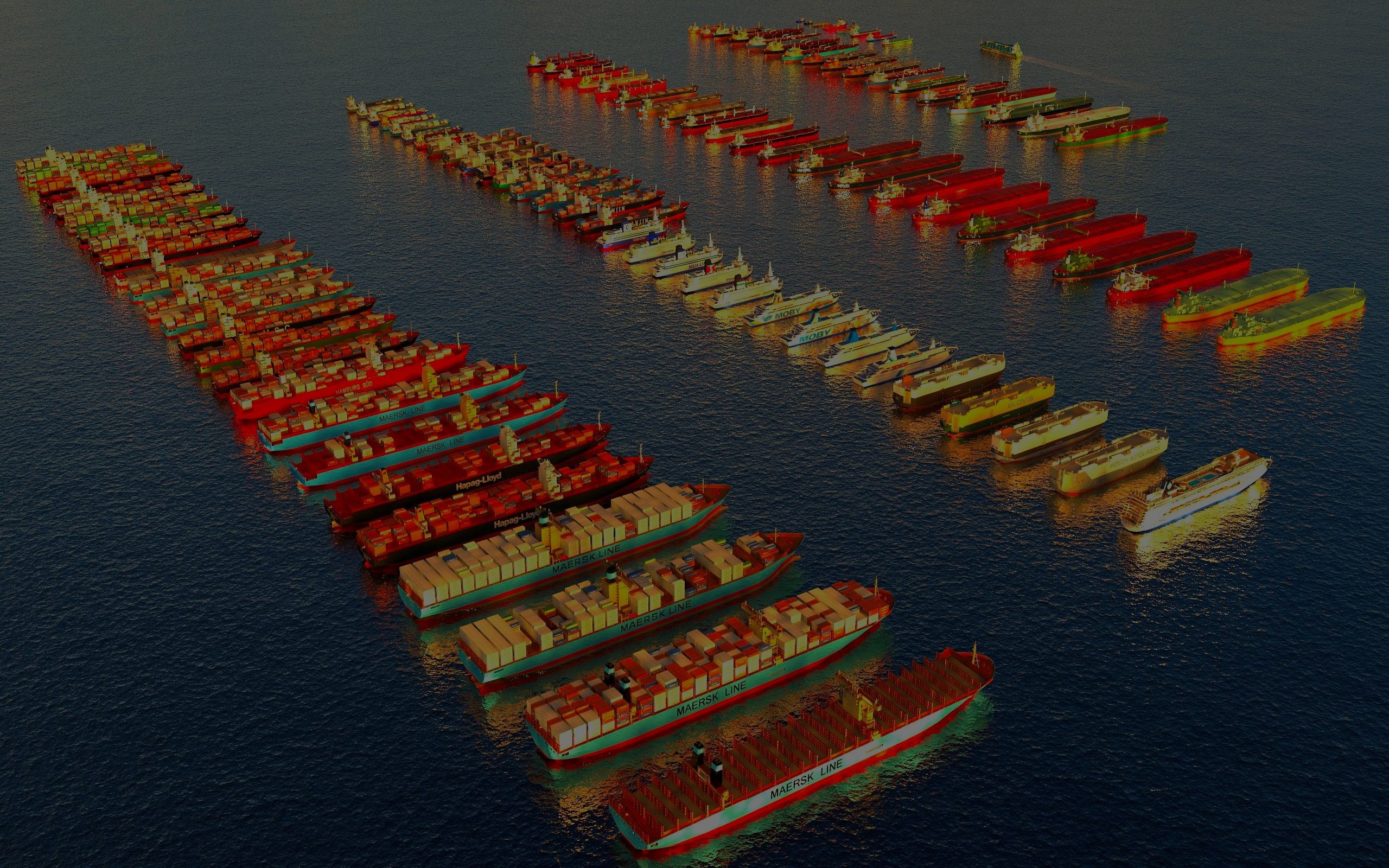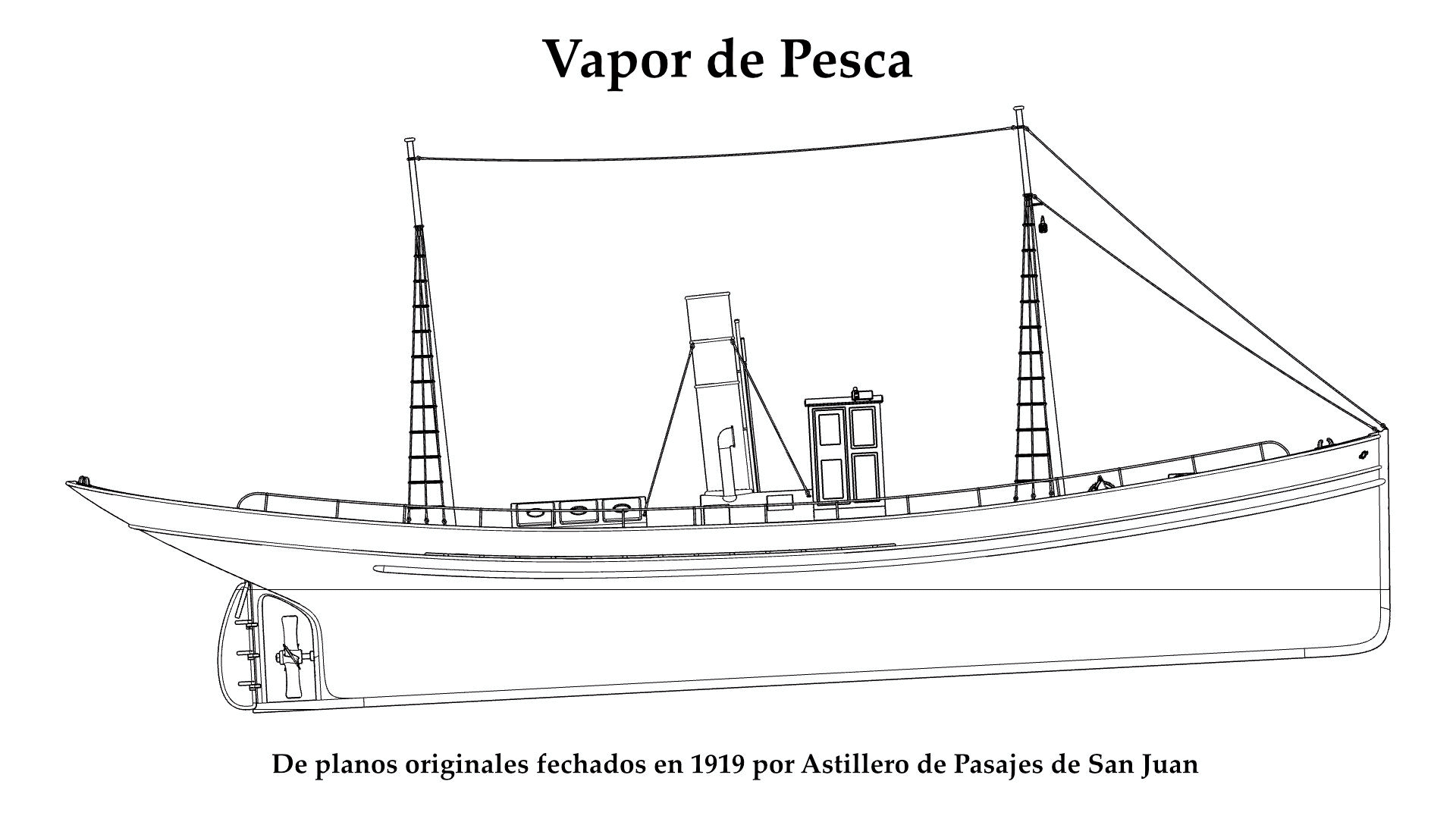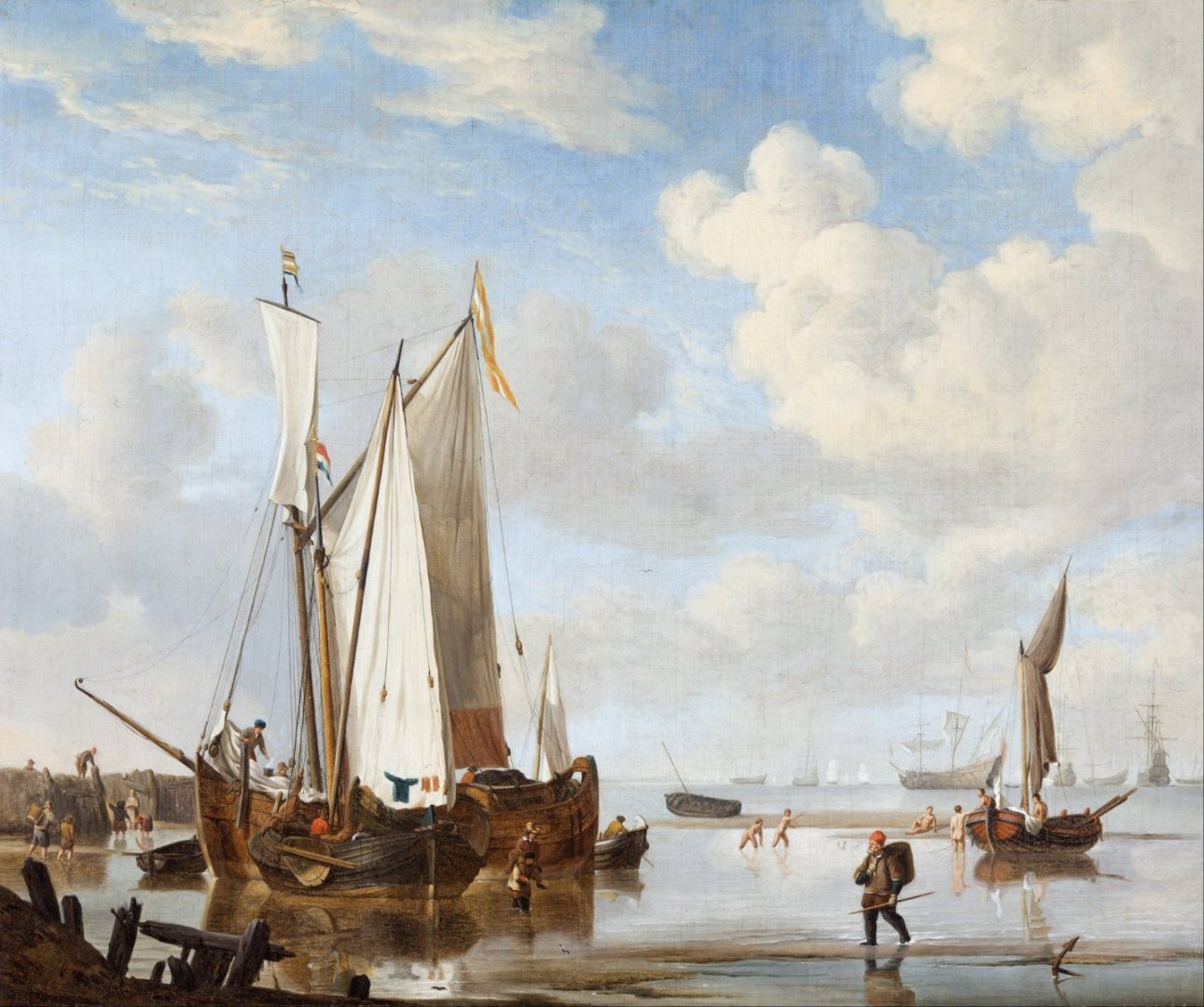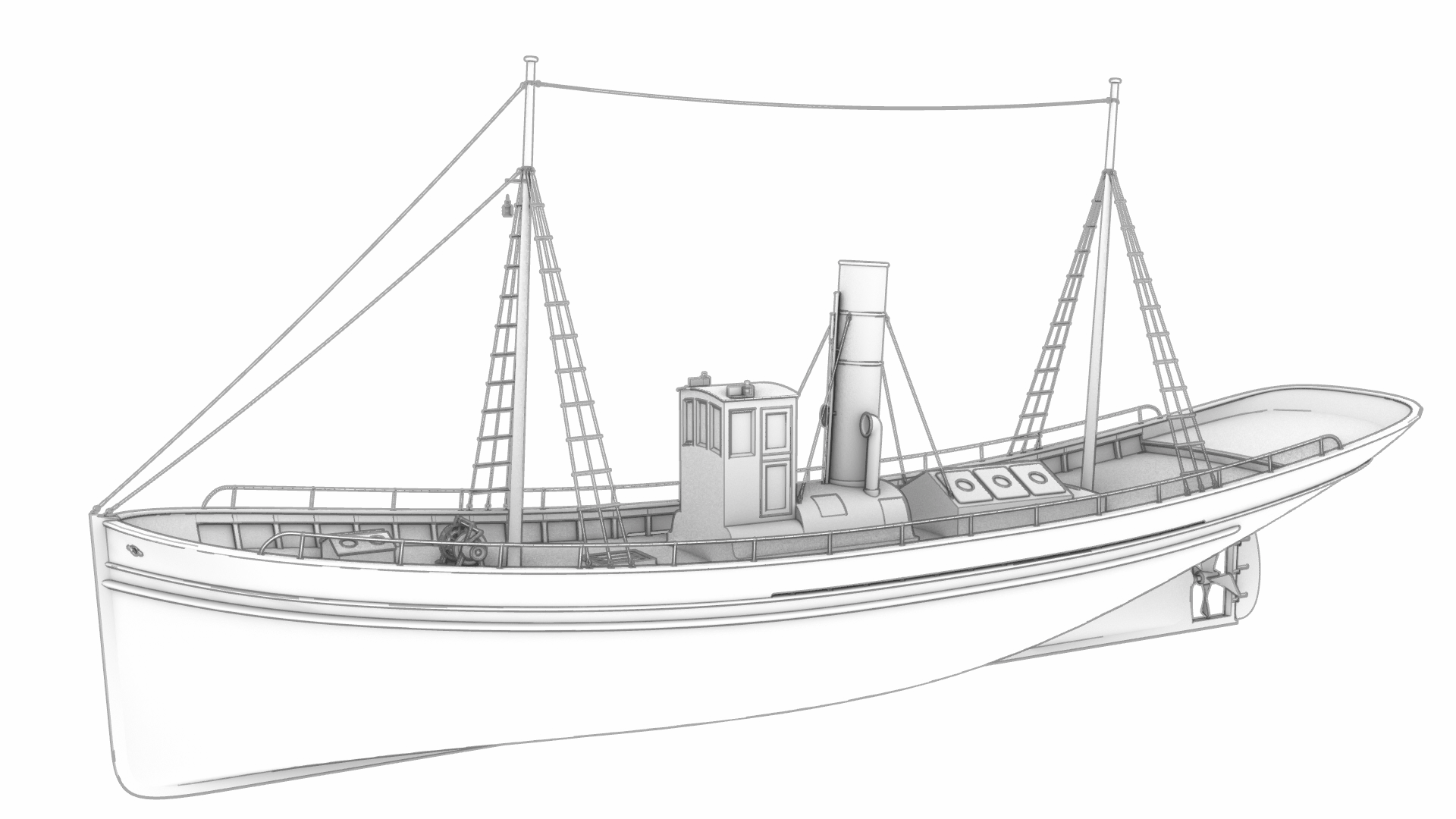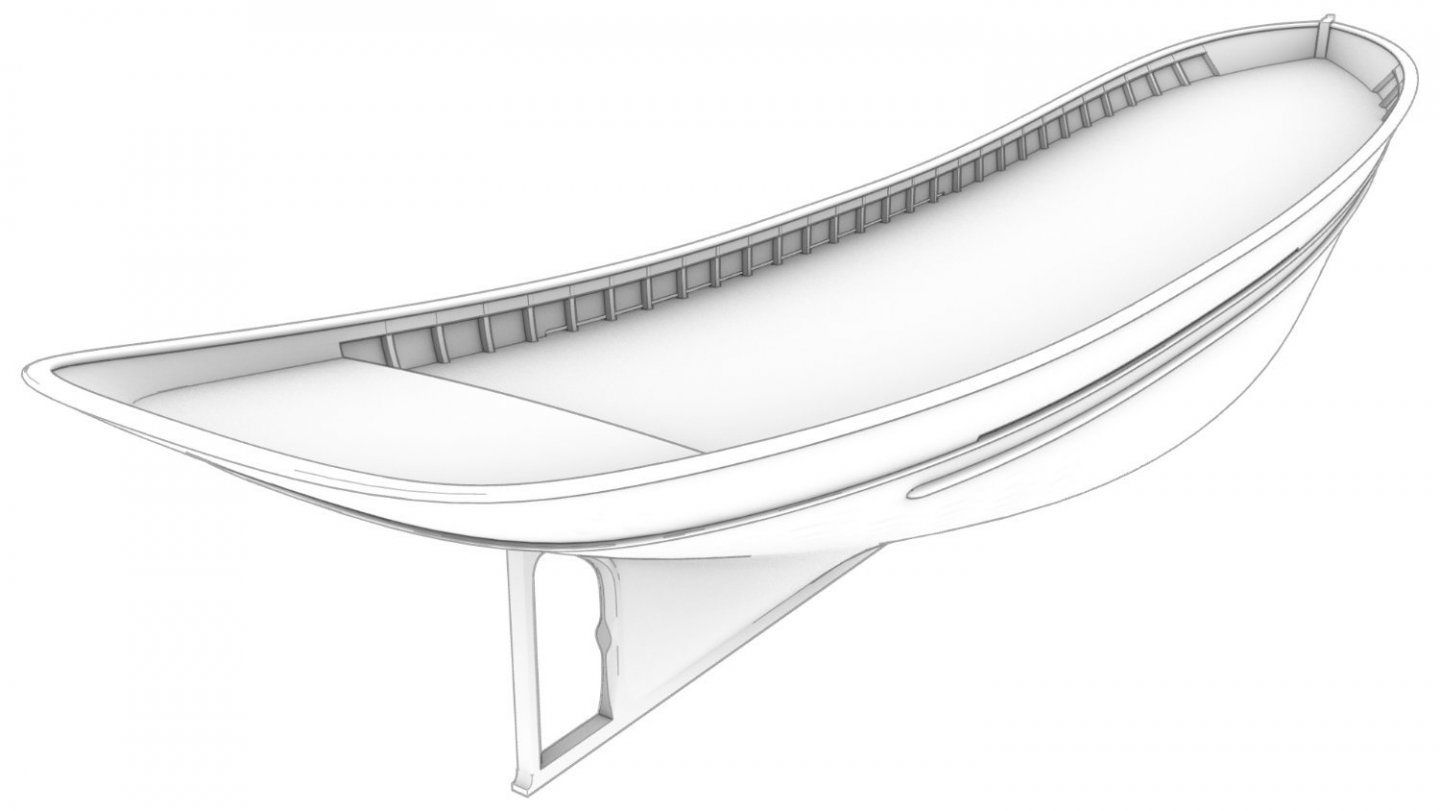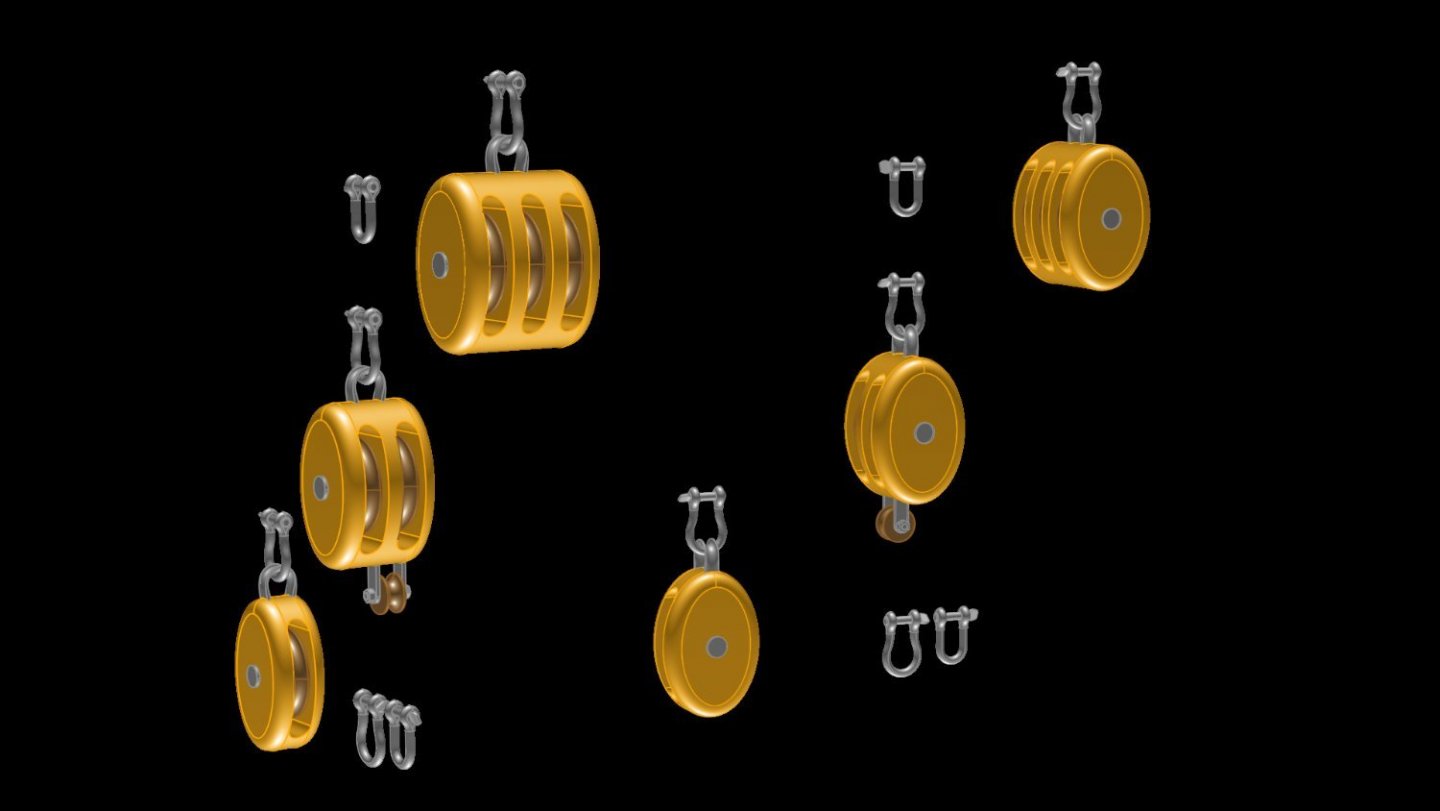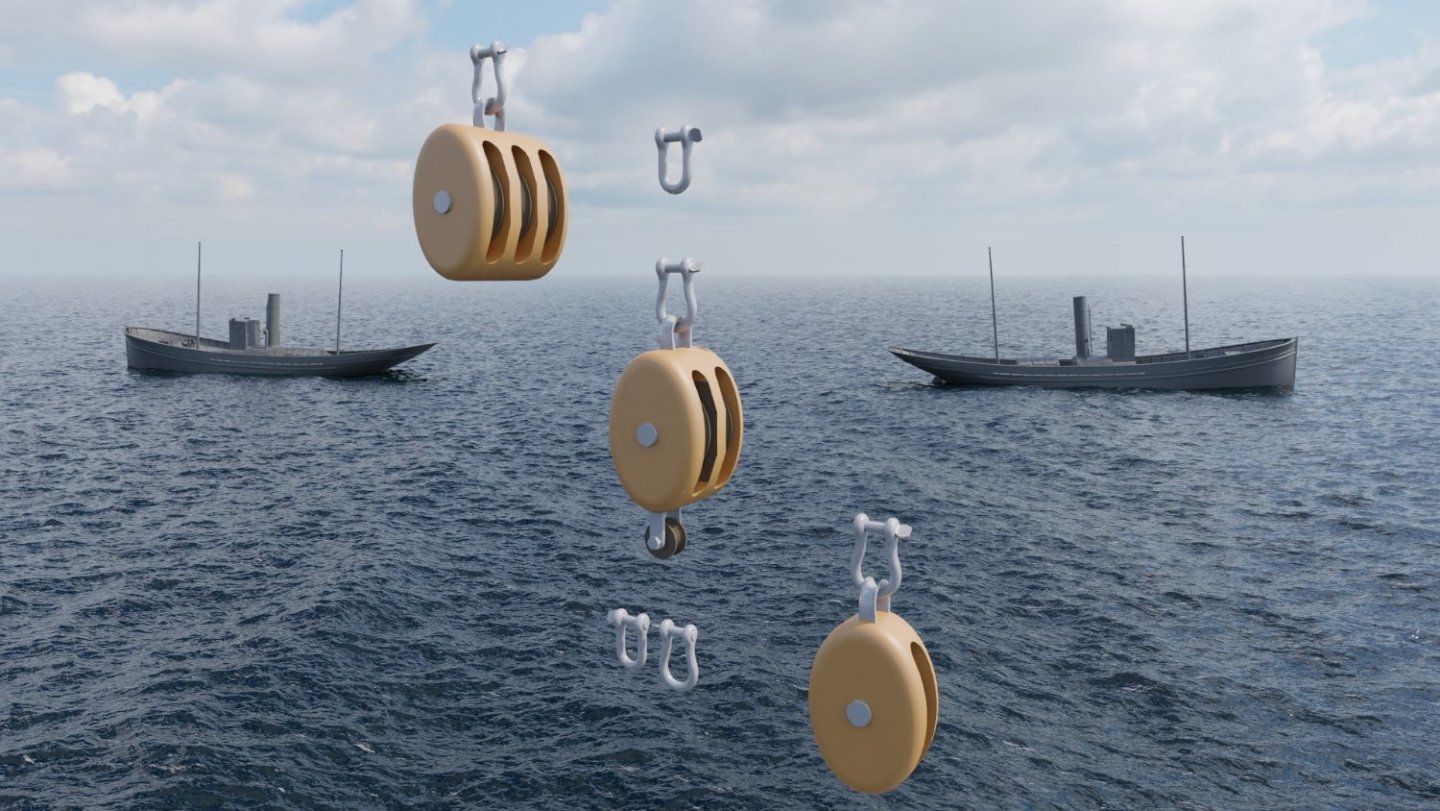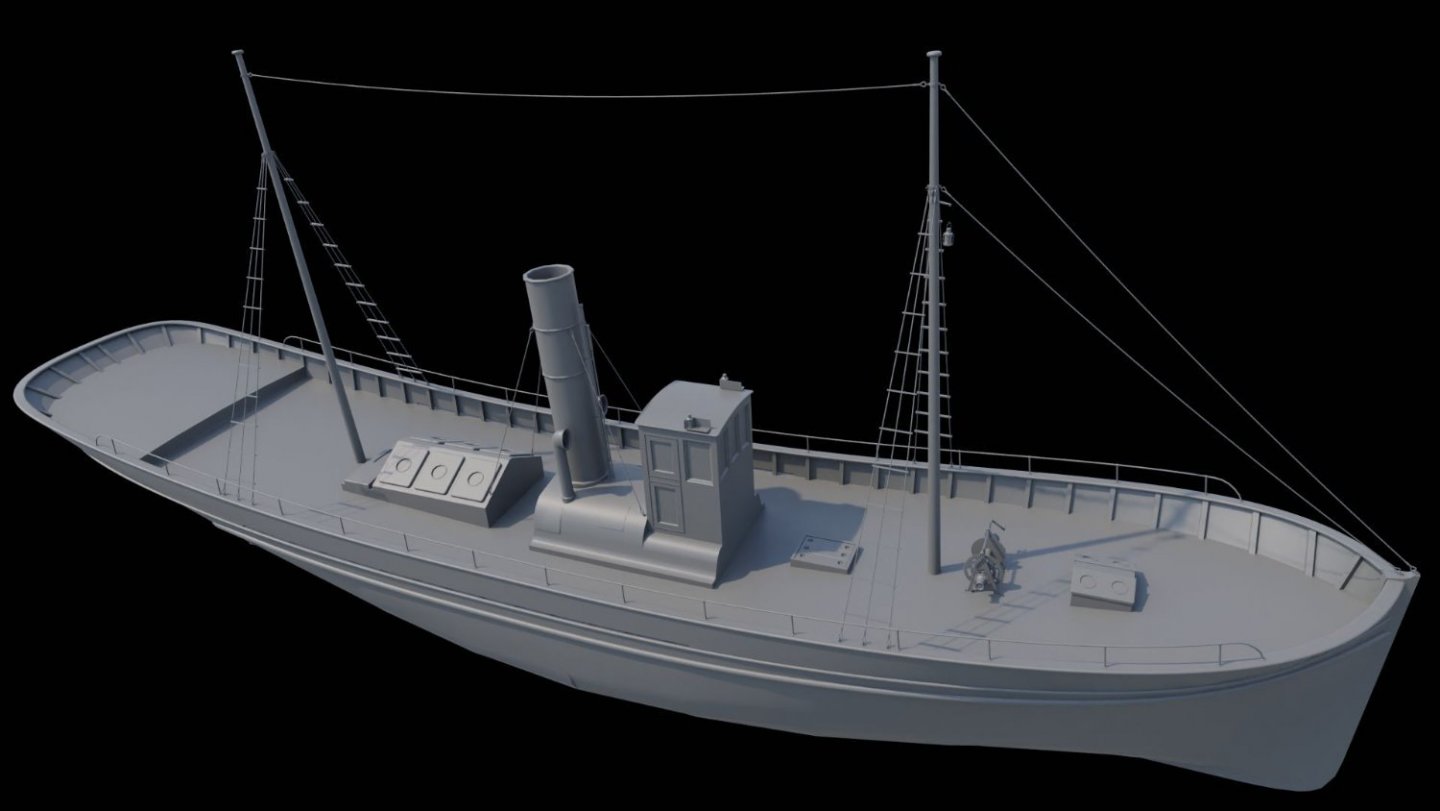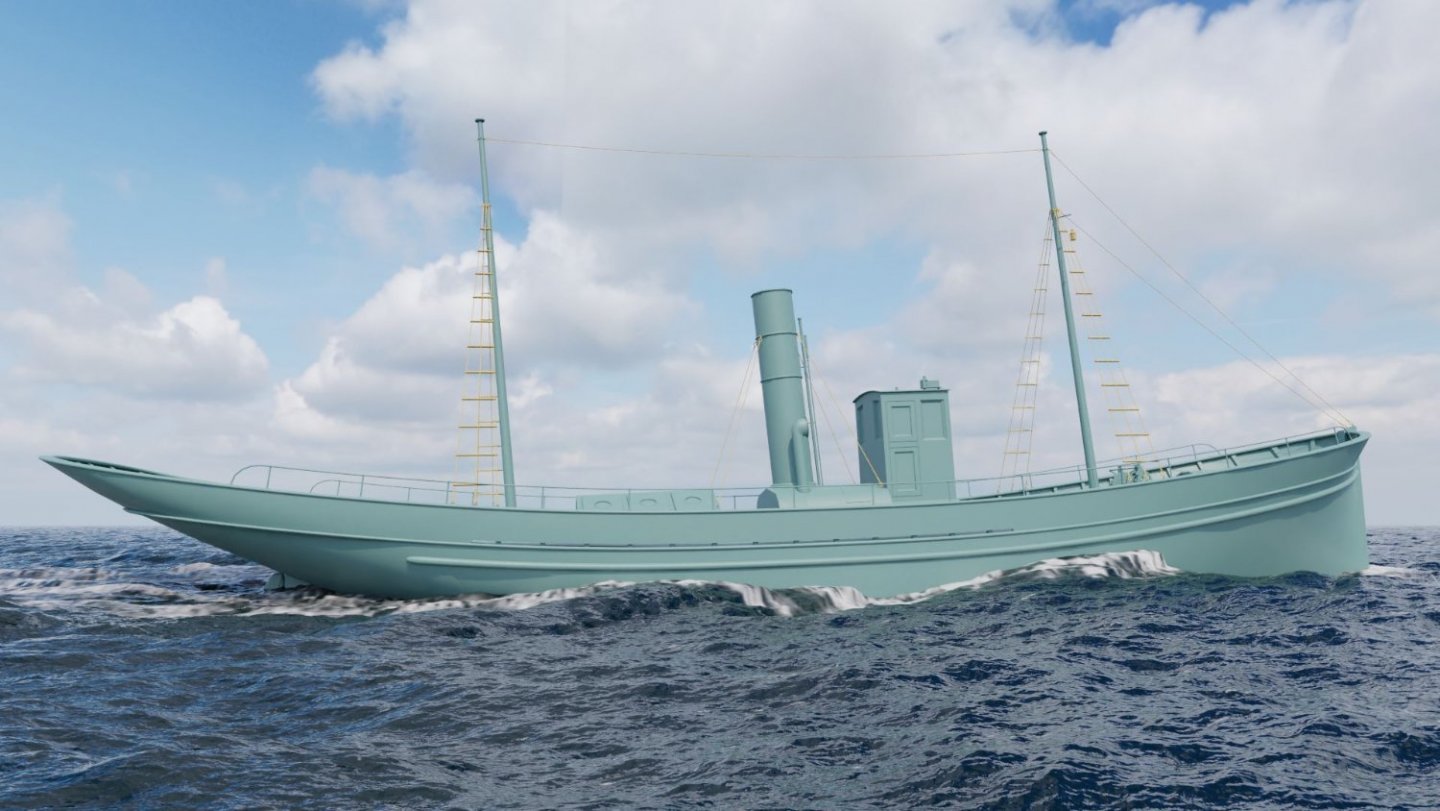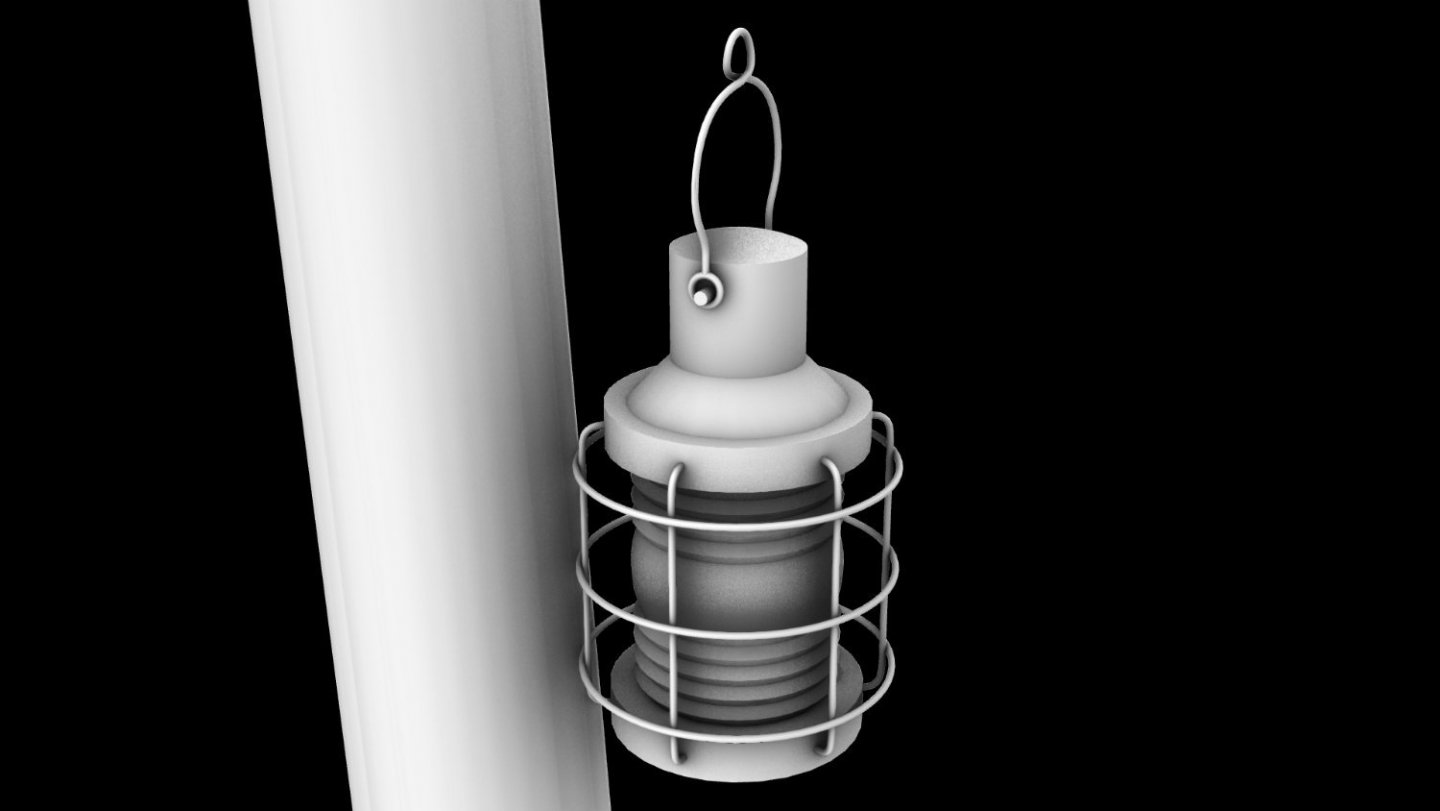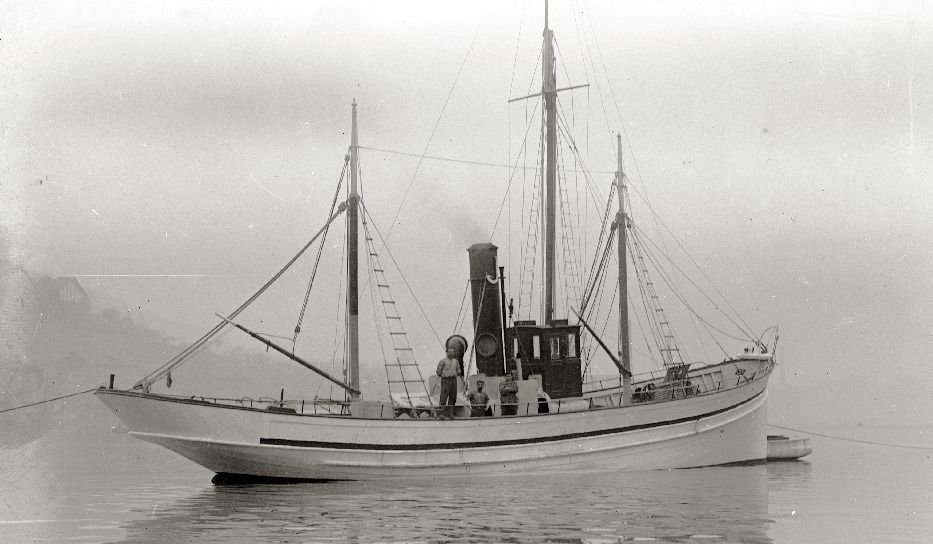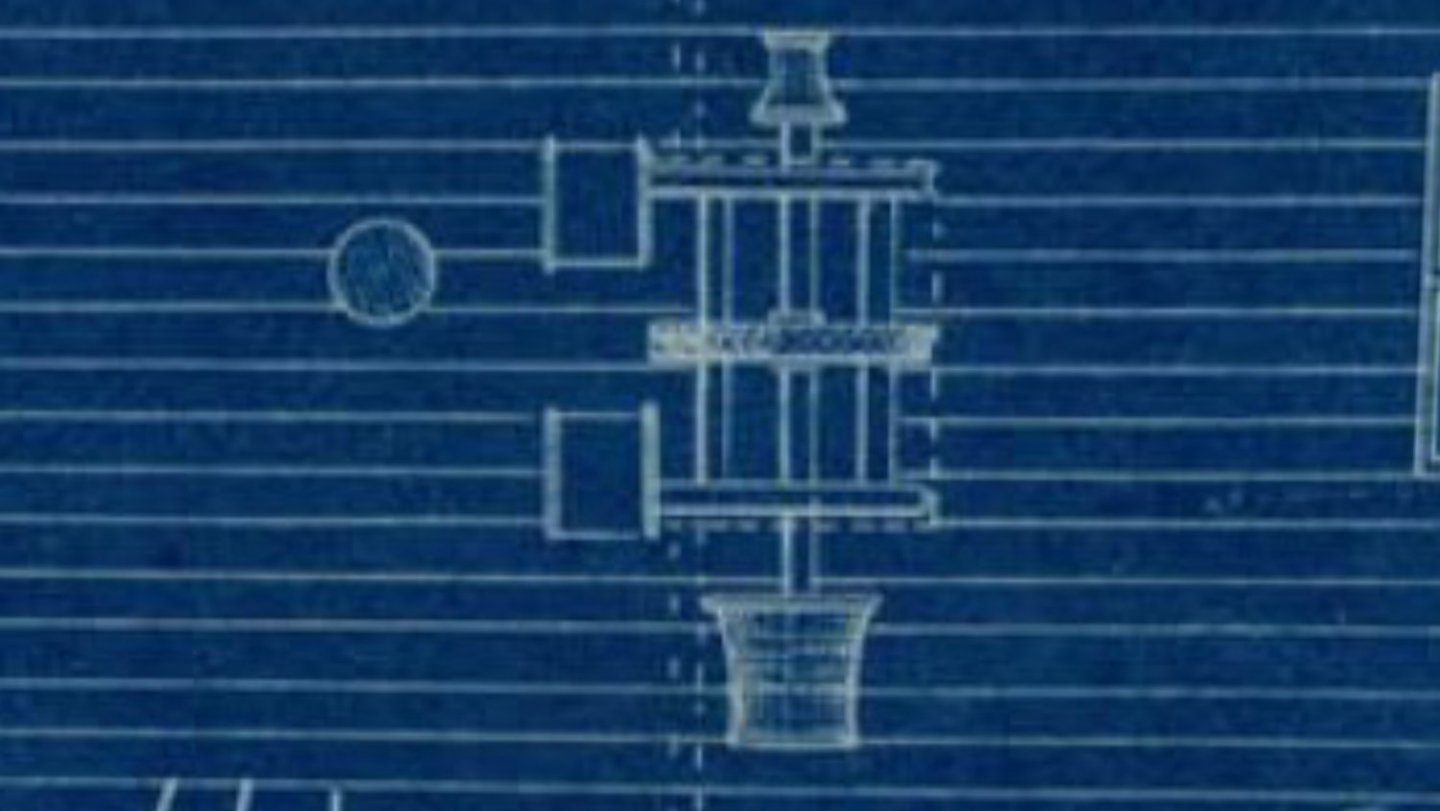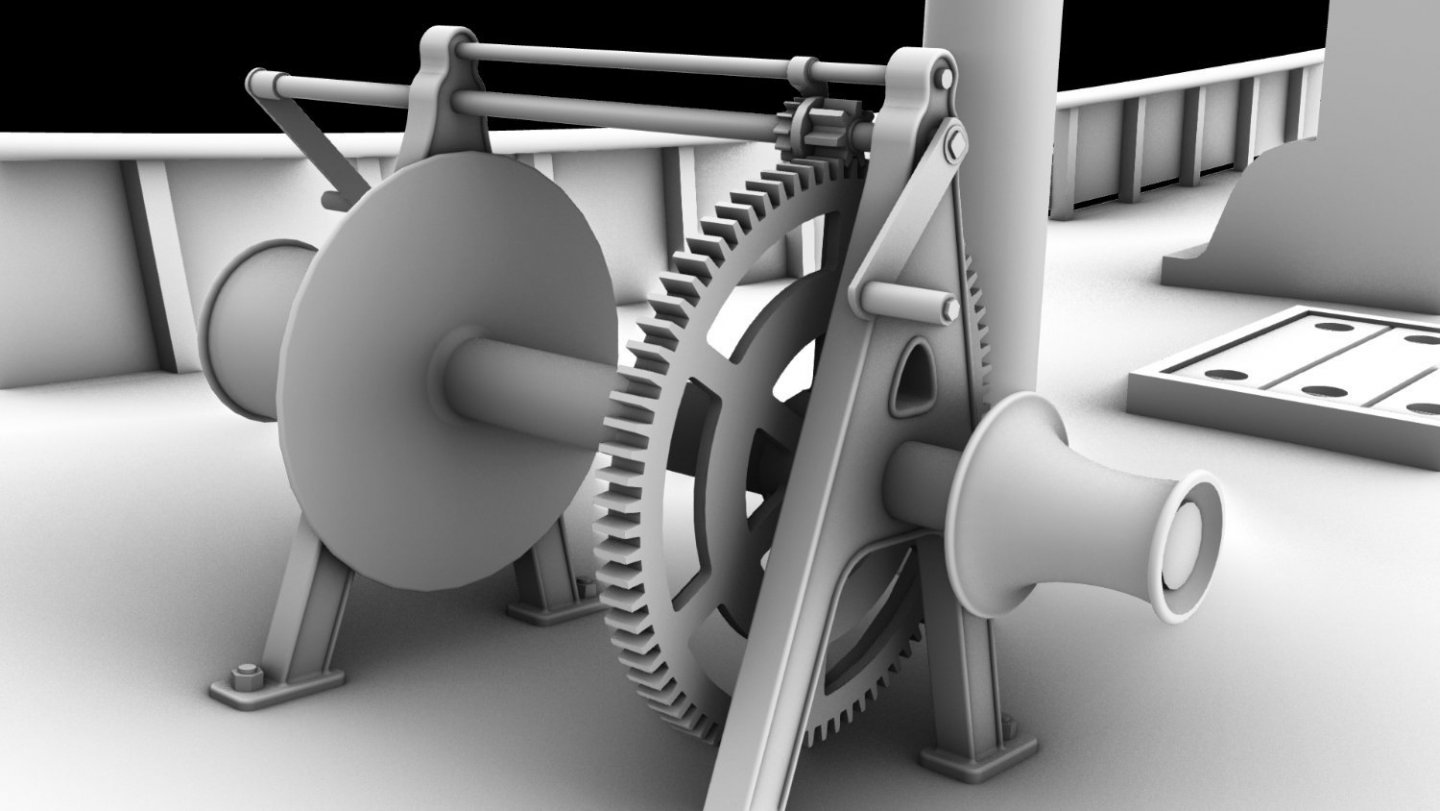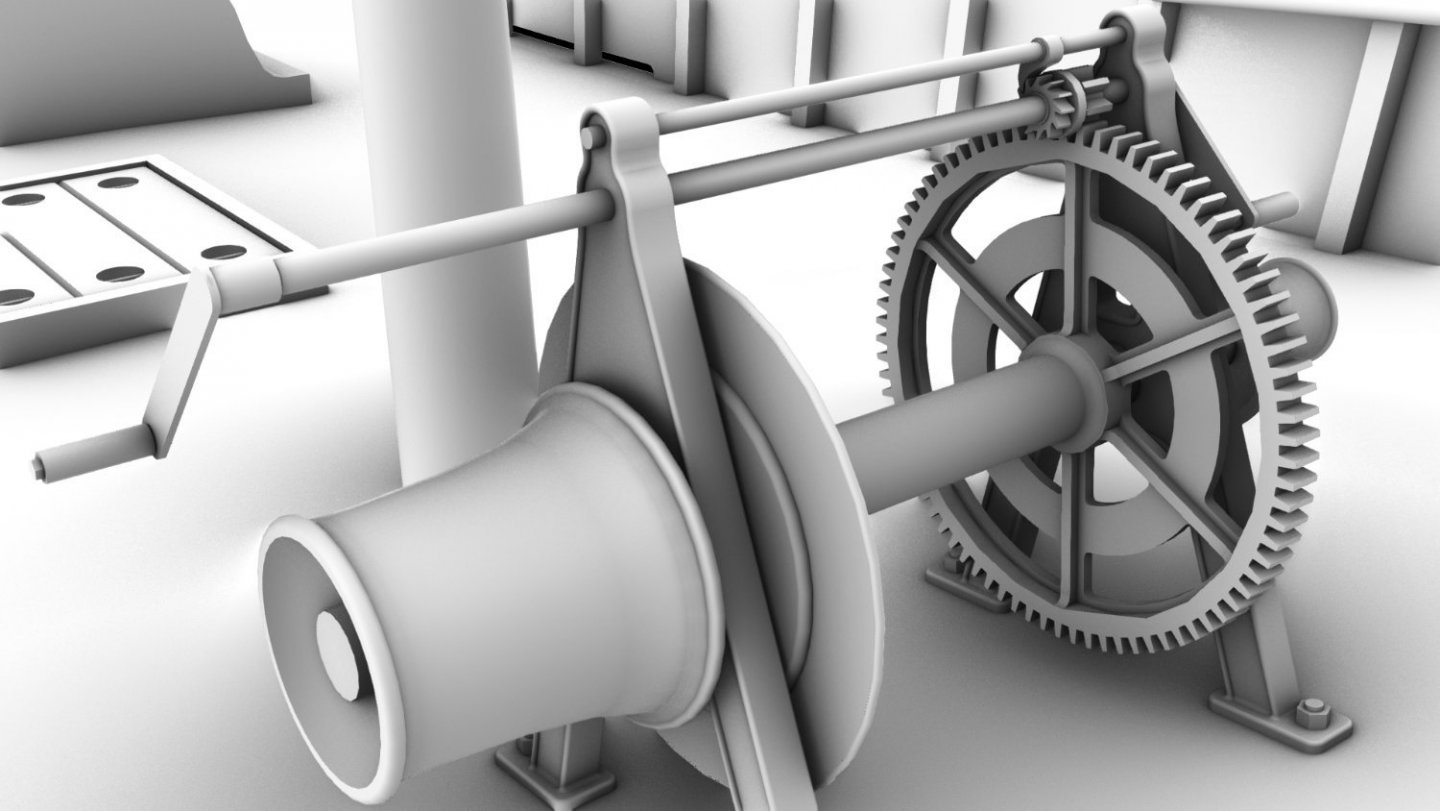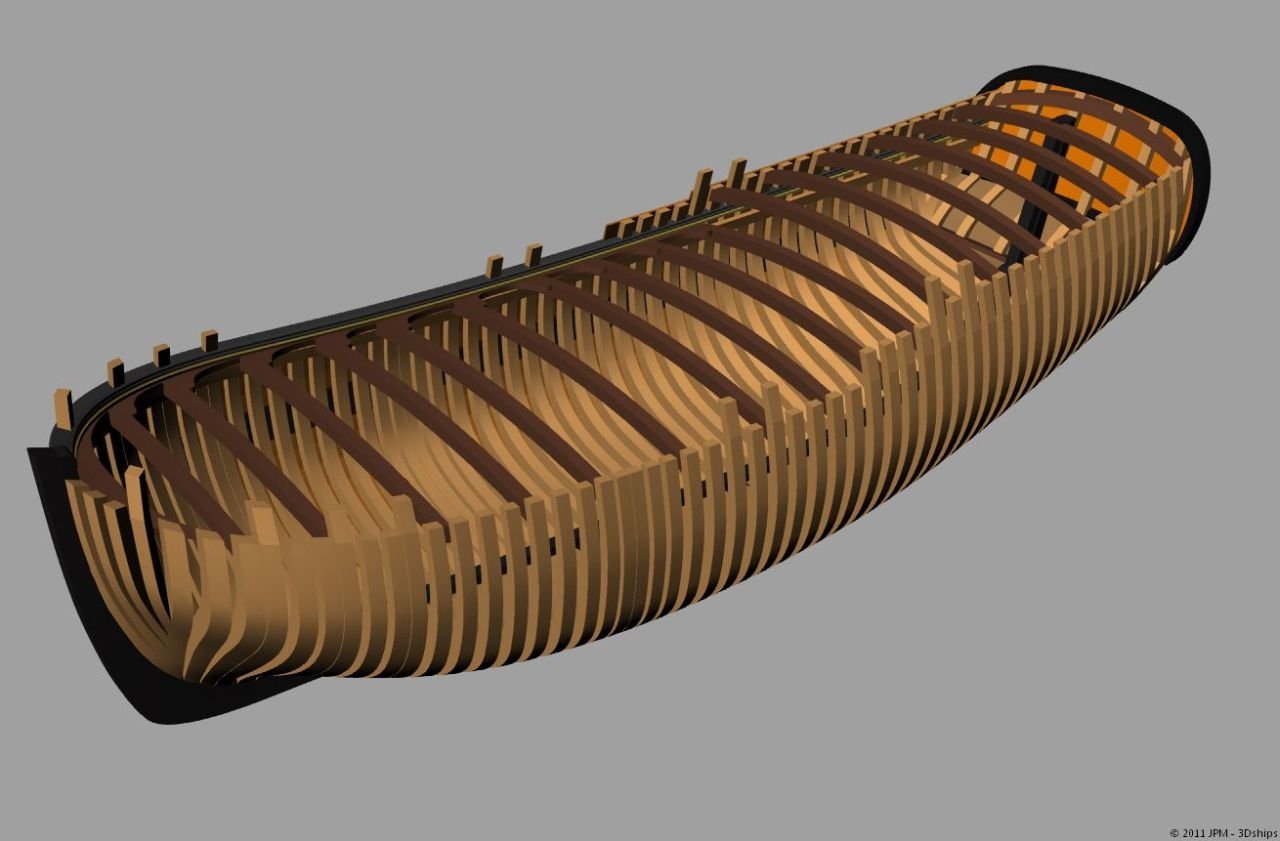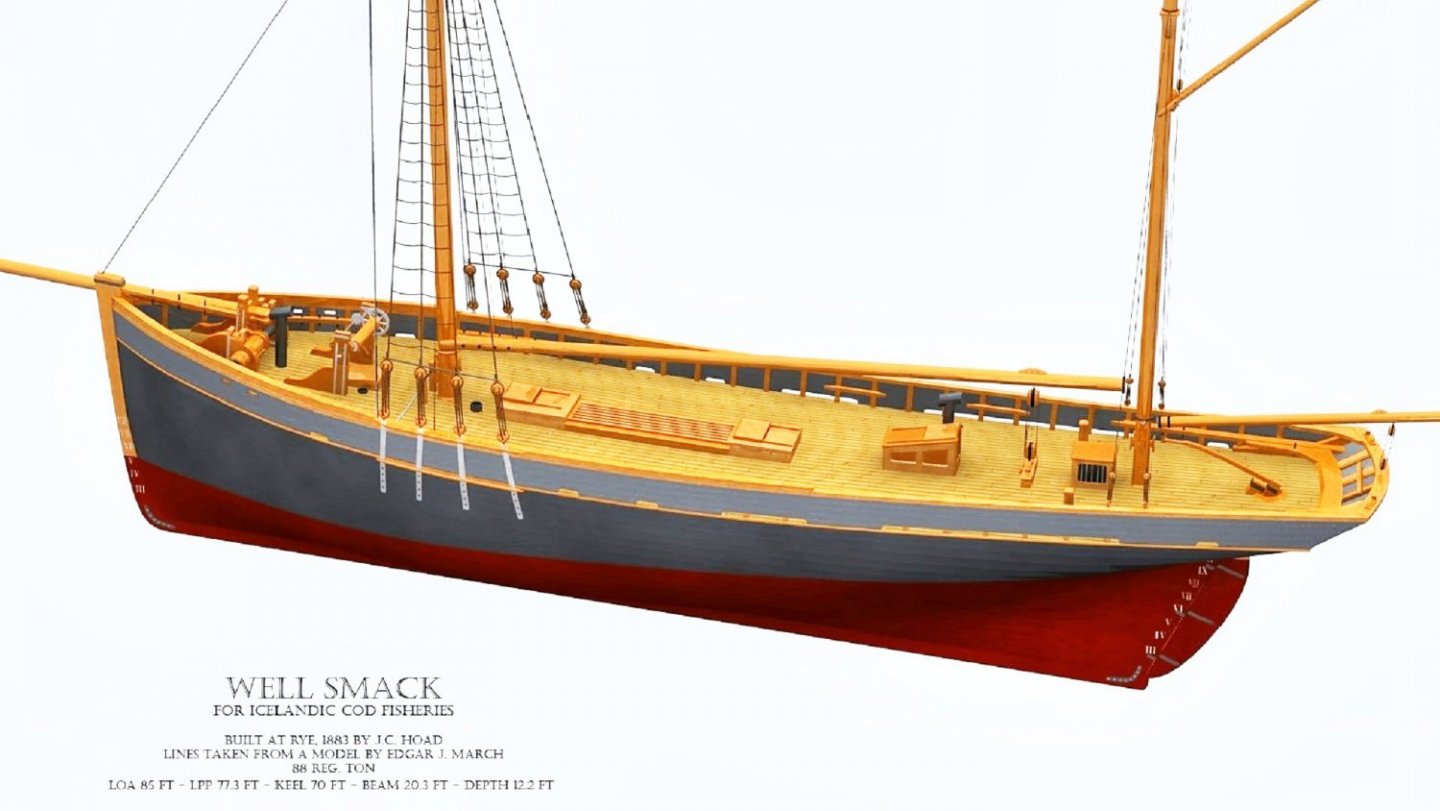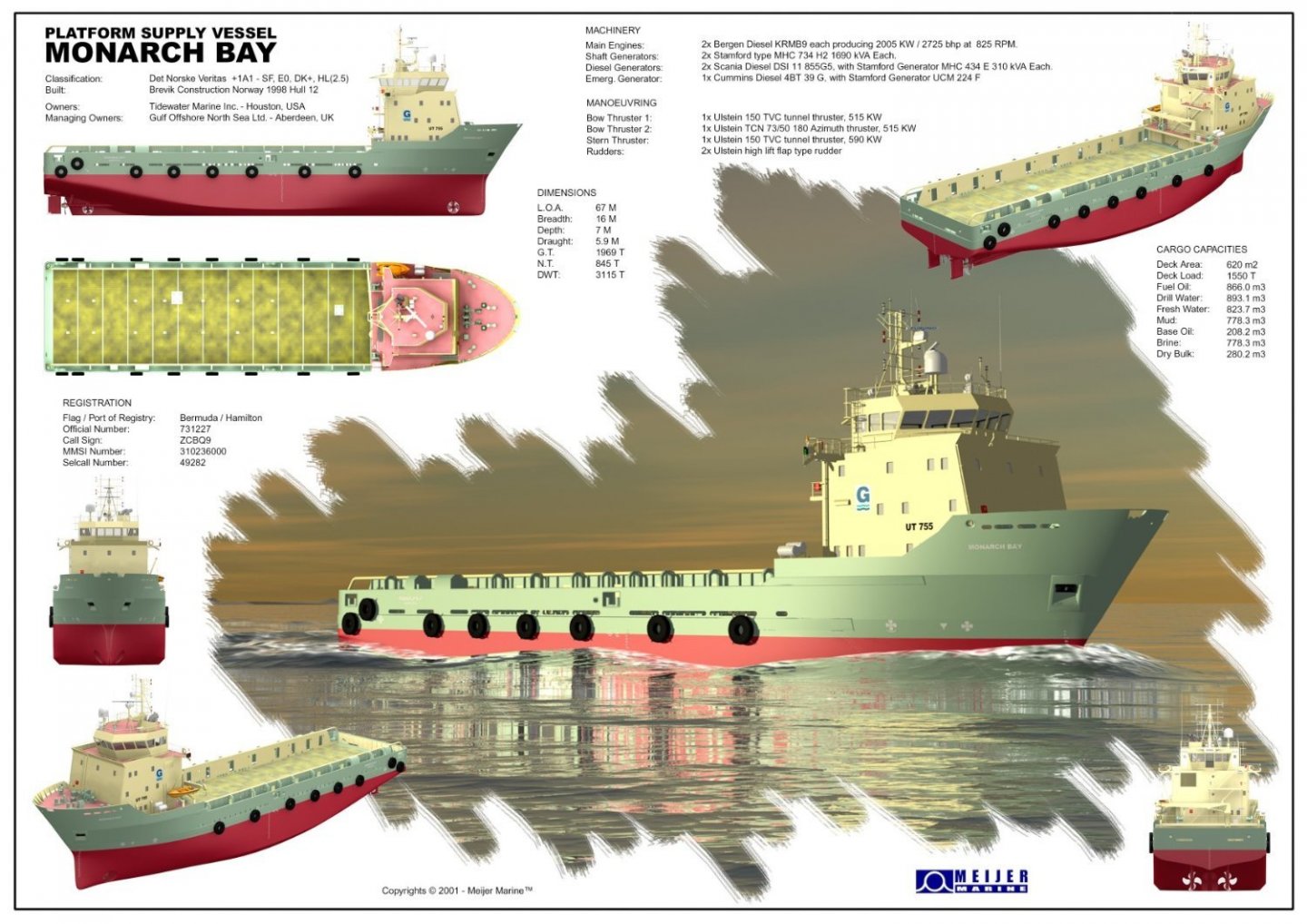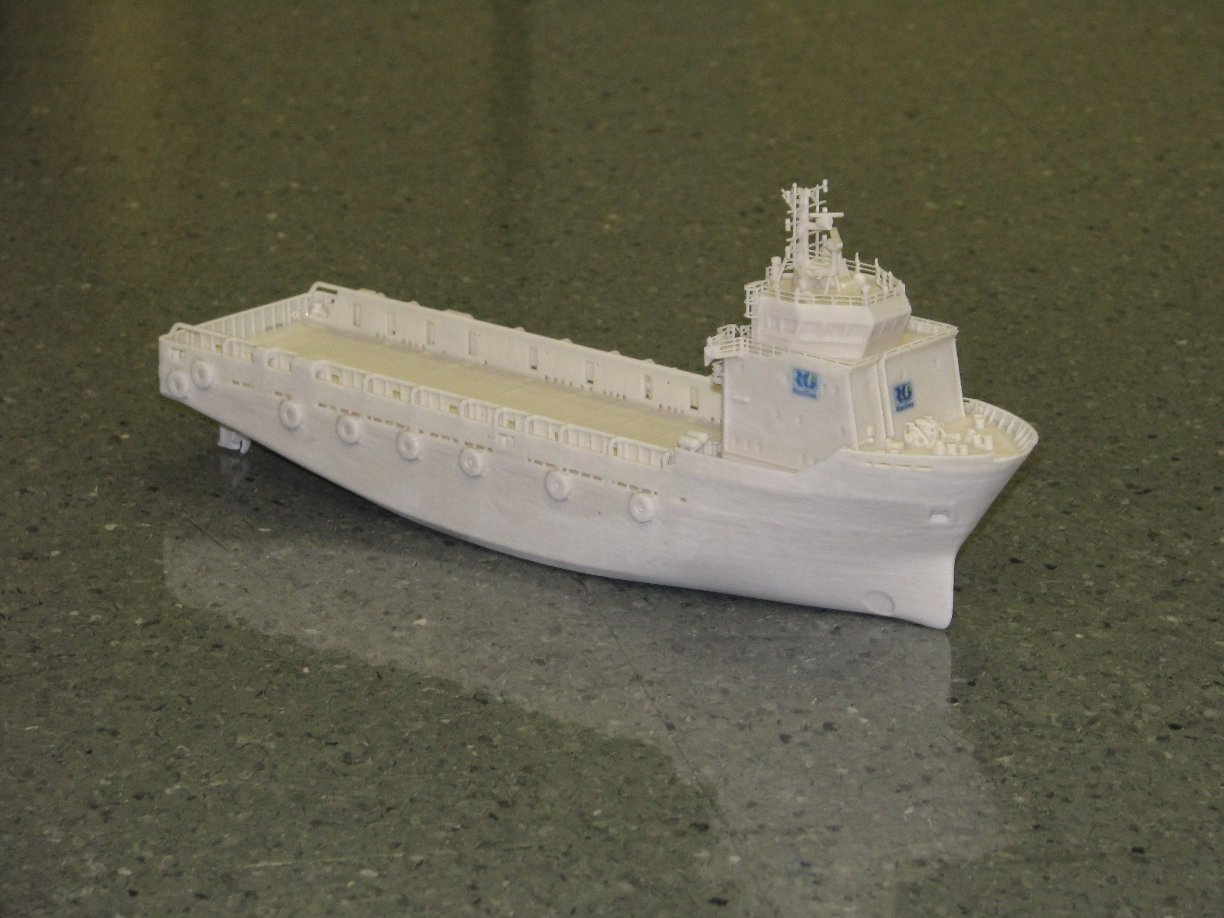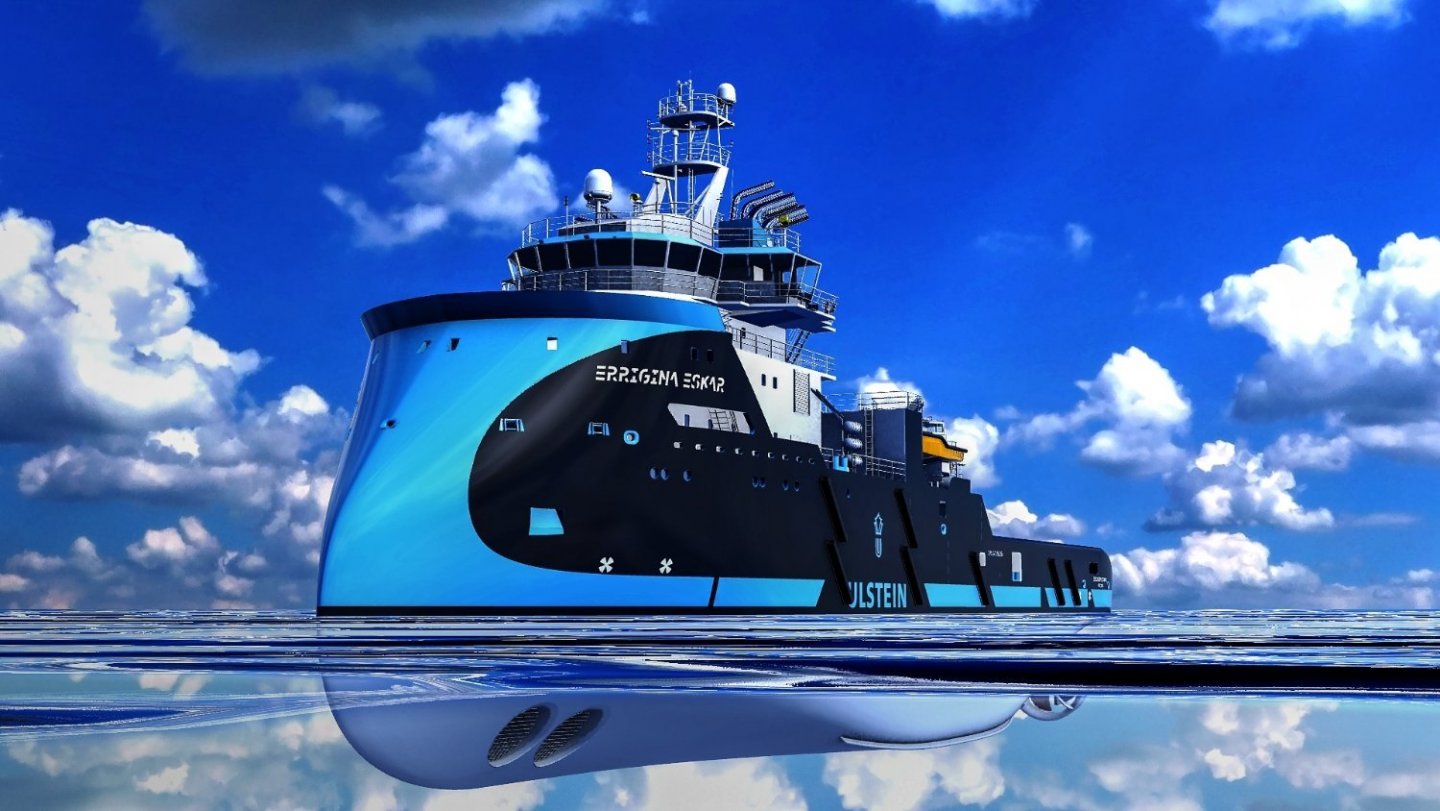-
Posts
18 -
Joined
-
Last visited
About 3Dships
- Birthday 09/06/1966
Profile Information
-
Gender
Male
-
Location
7 Seas
-
Interests
Sea & watercraft
Recent Profile Visitors
The recent visitors block is disabled and is not being shown to other users.
-
 Ondras71 reacted to a post in a topic:
Various applications of 3D drawing
Ondras71 reacted to a post in a topic:
Various applications of 3D drawing
-
 Ondras71 reacted to a post in a topic:
Various applications of 3D drawing
Ondras71 reacted to a post in a topic:
Various applications of 3D drawing
-
 thibaultron reacted to a post in a topic:
Various applications of 3D drawing
thibaultron reacted to a post in a topic:
Various applications of 3D drawing
-
 thibaultron reacted to a post in a topic:
Various applications of 3D drawing
thibaultron reacted to a post in a topic:
Various applications of 3D drawing
-
 thibaultron reacted to a post in a topic:
Various applications of 3D drawing
thibaultron reacted to a post in a topic:
Various applications of 3D drawing
-
 thibaultron reacted to a post in a topic:
Various applications of 3D drawing
thibaultron reacted to a post in a topic:
Various applications of 3D drawing
-
 thibaultron reacted to a post in a topic:
Various applications of 3D drawing
thibaultron reacted to a post in a topic:
Various applications of 3D drawing
-
 thibaultron reacted to a post in a topic:
Various applications of 3D drawing
thibaultron reacted to a post in a topic:
Various applications of 3D drawing
-
 thibaultron reacted to a post in a topic:
Various applications of 3D drawing
thibaultron reacted to a post in a topic:
Various applications of 3D drawing
-
 thibaultron reacted to a post in a topic:
Various applications of 3D drawing
thibaultron reacted to a post in a topic:
Various applications of 3D drawing
-
 3Dships reacted to a post in a topic:
Introduction - 3Dships
3Dships reacted to a post in a topic:
Introduction - 3Dships
-
 3Dships reacted to a post in a topic:
Introduction - 3Dships
3Dships reacted to a post in a topic:
Introduction - 3Dships
-
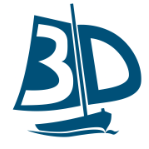
Various applications of 3D drawing
3Dships replied to 3Dships's topic in CAD and 3D Modelling/Drafting Plans with Software
Already Friday again, time flies if you're having fun. Added some more details & re-did the wheelhouse with inside & real windows, then it was time to check if I made any mistakes by breaking the model down in parts, quickly slapping on some quick & dirty materials on in Blender & render some pix. Noticed a few tiny mistakes but they are easy to fix.- 39 replies
-

Various applications of 3D drawing
3Dships replied to 3Dships's topic in CAD and 3D Modelling/Drafting Plans with Software
Hi Kevin, very impressive that stern part of the Victory but keep in mind that I started from scratch less than a month ago with this "Vapor de Pesca", its not one of the very few preserved well documented "famous" vessels either. I did not start this thread to end up with another pointless discussion about what is the best 3D CAD software. I never used F360 so I can't comment on it & without a doubt F360 might offer the most complete toolset because AutoDesk is a huge corporation as compared to the single developer behind MOI-3D. I simply object to big corporations trying to monopolise the market and the "free for hobbyists" is a good example of trying to lock newbies in since switching complicated toolboxes is always going to be a frustrating with regards to productivity. Your posts on 3D printing parts are prove that it requires craftmanship, experience & understanding the limitations of your tools. Because I have gathered experience with the many different commercial applications of 3D ship models the "Vapor the Pesca" is simply a research exercise in finding an sufficiently efficient workflow that enable construction of one 3D model that can perform these various different purposes. It's a bit like the "holy grail" of 3D modelling I guess because not so long ago CAD was for designing "real" objects and 3D modelling for "virtual" objects but thanks to things like 3D printing these two separate fields have started to blend. MOI 3D was developed from the start with that multipurpose aspect of 3D modelling at it's very core. Ship design and building involves art & craft as well so that was the reason why I have been experimenting on the side with MOI 3D for a long time even though I produced commercial 3D stuff with completely different 3D modelling software. I was reading that F360 is being used by game developers too these days for example. It's interesting that 3D printer users have been making hard copies of my 3D ship models for well over a decade now even though I never constructed these with that specific purpose in mind. I guess much effort, energy, plastic and chemicals has been wasted? I would like to think that I will end up producing "real" ship models in the future again but unfortunately there's only 24 hours in a day and for the time being I still need to focus on investing time further developing my 3D craft & skills as to come up with that perfect multi-purpose 3D ship model. Obviously, it doesn't help either that with regards to my personal projects I prefer to re-construct the largely forgotten and undocumented common workhorses of the 7 seas. Typically, 3D models of pretty much any automobile or aircraft that ever existed have already been produced but of those countless watercraft humanity produced over the centuries rather few exist as yet. Regards, Hans- 39 replies
-

Various applications of 3D drawing
3Dships replied to 3Dships's topic in CAD and 3D Modelling/Drafting Plans with Software
Obviously, still needs more detail & textures but the attached 3D Pen Drawing is just one example of the many different things you can do with a 3D ship model.- 39 replies
-

Various applications of 3D drawing
3Dships replied to 3Dships's topic in CAD and 3D Modelling/Drafting Plans with Software
Well, if it is so easy I would love to see some of your Fusion 360 work (-: Never tried it and not going to either because it's cloud & subscription based. Multinational software companies like AutoDesk want us all to work in the cloud so they can mine more valuable private data. I suppose what tools you pick depends on what you want to achieve with them. It's easy enough to slap together some objects in a 3D CAD or modelling package and they might look good on your screen but if there's "naked or non-manifold edges" in your objects they are not really "solid" and our 3D prints might fail amongst all the other issues... Have been using MOI 3D for Donkeys years and got a license when it was still cheaper but even at it's current price you will not find much beter al though it's always wise to keep an eye on any new kids on the block course (-: Regards, Hans- 39 replies
-

Various applications of 3D drawing
3Dships replied to 3Dships's topic in CAD and 3D Modelling/Drafting Plans with Software
I guess there's2 options why Rhino is not very export friendly with regards to solid objects. They took a wrong turn early in the development with no way back or they want to discourage users from exporting solid models to 3D modelling packages maybe?! MOI 3D is developed by just one guy and he is clearing taking the KISS approach with a focus on stability and avoiding UX clutter. There's no sub-layers and maybe that has something to do with being able to do all kinds of operations like "Join & "Booleans" on surfaces and solids kept on different layers. In the latest Beta that came out earlier this month "Groups" where introduced but I haven't looked into its use as yet. Had to go back again for additions & thus also alteration work on the hull as I noticed in some photographs that these vessels had some planking on the inside of the bulwark that was initially not apparent in the drawings. Tricky stuff trying to match another solid that is curved in 3 dimensions over almost the full length with a bunch of other surfaces curved in 2 or 3 dimensions but it worked out alright. I can scale the hull solid object (1311 edges) from 1:1 to 1:1000 without getting any naked or non-manifold edges (-: Now back to adding more details...- 39 replies
-

Various applications of 3D drawing
3Dships replied to 3Dships's topic in CAD and 3D Modelling/Drafting Plans with Software
The "devil is in the detail" I mentioned earlier and indeed seemingly simple things like a wooden block, shackle or railing can be quite challenging to do accurately with 3D CAD. I did it all before in 3D modelling applications like Lightwave 3D using subdivision but with nurbs it's very different ballgame. After some trial and error I am pleased with the possibilities and results though. Perfect tiny solid objects that "union" fine with the much larger solids. One of the great advantages of MOI 3D over Rhino is that you can have one solid object with parts on different layers. If you take a wooden block for example that means you can separate the timber and metal parts while still keeping the object solid. Obviously, not an issue for export to 3D print applications but if you want to render the object in for example Blender this is actually a lifesaver as compared to Rhino that only allows for "join" and "union" a solid object on one layer and thus for example also only one material. I have no idea why such an apparently "complete" 3D CAD application like Rhino is lacking this important option. It is really no fun to having to completely deconstruct a complicated 3D Solid you have just put together.- 39 replies
-
As I mentioned before the devils are in the details especially if the reference material is scant. Did railings, blocks, shackles, stays, etc. I did them before in 3D modeling packages but now in 3D CAD it's a little bit like learning it over again. Pleased with the possibilities & results though. Even the tiny solid objects merge fine with the larger solids. You do get a lot of respect for those chaps that designed and build these vessels a hundred years ago. All these curves in 3 different directions and hardly a straight line to be found (-: One wonders if it is actually computers that delivered us these ugly boxy vessels during the past decades?! Not so long ago it was still rather difficult to do all the curvy stuff digitally but obviously computers have allowed us to do all the calculations necessary for weight & hydrostatic estimations for a long time. Solid Objects on different layers with different objects names and material colors in MOI 3D Same Blocks in Blender with simple Blender materials applied. I am also checking in Blender trying to figure out how to best efficiently structure a model consisting of many parts. MOI 3D does offer some great advantages over Rhino with regards to keeping separate object / part names & materials when exporting a solid object. In MOI 3D you can join parts on different layers but in Rhino you can't so your solid object becomes an impossible amount of work after export for further editing in 3D modeling software like Blender. You could claim that MOI 3D encourages export to other 3D packages and Rhino is making it a pointless exercise other than for 3D printing. Sort of Plastic 3D Printed look. One wonders if any resin 3D printer could handle an object like this? Have fun, Hans
-

Various applications of 3D drawing
3Dships replied to 3Dships's topic in CAD and 3D Modelling/Drafting Plans with Software
You mean trial and error with regards to the 3D printing of your objects? I try to keep the limitations of 3D printing in mind but with these resin printers you can already do pretty "thin" stuff. I'll wait until there is a 3D printer that can do a very detailed model that will fit in a bottle (-:- 39 replies
-

Various applications of 3D drawing
3Dships replied to 3Dships's topic in CAD and 3D Modelling/Drafting Plans with Software
Hi Phil, Thanks for your kind comments (-: Your "Okie" is an amazing piece of work! You even go down to the "nuts & bolts" here & there I see. Yup, I agree with the getting around the "quirks & bugs" in the software & I've tried pretty much anything out there. It is simply building a boat but than different because you can't just bend a plank around frames, shave or sand off a bit to make something fit or roll a plate to get the desired curvature. A lot of trial and error and especially accuracy is required before you get to level where you can really become productive. Because there is hardly any limits digitally It's easy to get carried away without keeping an eye on what purpose(s) a 3D ship model is intended for. I am really trying to focus on producing really clean solid objects these days so you can cover all the different purposes a 3D model can be used for. I also very much agree with people like Ab Hoving who does very realistic models of ships for which not much reference data is available in cardboard. It's interesting to note that so many plans turn out to be not accurate once you start to re-engineer them in 3D, creativity is then required and the same happens in real ship yards of course. With regards to the easy fixing of mistakes I must admit that due to doing all kinds of very differently constructed ships I often start over again instead of trying to fix things. Even though the "Vapor de Pesca" is a very much a simple model I notice that I already created close to a 94 layers with 1966 parts. I guess some sort of structure in the way you work is very much important too. Regards, Hans- 39 replies
-

Various applications of 3D drawing
3Dships replied to 3Dships's topic in CAD and 3D Modelling/Drafting Plans with Software
Yup, all solid models but things like the winch will require a resin printer I reckon. It's not finished so no plans posting it anywhere yet.- 39 replies
-
 3Dships reacted to a post in a topic:
Various applications of 3D drawing
3Dships reacted to a post in a topic:
Various applications of 3D drawing
-

Various applications of 3D drawing
3Dships replied to 3Dships's topic in CAD and 3D Modelling/Drafting Plans with Software
Did find some nice old photos of "Vapores de Pesca" but not any with deck details so decided to "get on with it" based on what I've got now. Ship building is not exactly "rocket science" in the end. Made a 3D printable manual winch in the last few hours.- 39 replies
-
 3Dships reacted to a post in a topic:
Introduction - 3Dships
3Dships reacted to a post in a topic:
Introduction - 3Dships
-
 3Dships reacted to a post in a topic:
Introduction - 3Dships
3Dships reacted to a post in a topic:
Introduction - 3Dships
-
 3Dships reacted to a post in a topic:
Introduction - 3Dships
3Dships reacted to a post in a topic:
Introduction - 3Dships
-
 3Dships reacted to a post in a topic:
Introduction - 3Dships
3Dships reacted to a post in a topic:
Introduction - 3Dships
-

Various applications of 3D drawing
3Dships replied to 3Dships's topic in CAD and 3D Modelling/Drafting Plans with Software
Hi Kevin, thanks for the kind comments. I guess having followed the whole trajectory of CAD & 3D modelling from the early beginnings did help a lot (-: 3D software has become a bit overloaded with functionality and the learning curve has become steeper & steeper over the decades. I guess it is also quite tempting to think that for example lofting in a CAD program works the same as in the real world but it really doesn't. I do love the exercise of doing a perfect hull surface with as little geometry as possible the most & generally, vessel depending of course, it takes me a day or two with the time consuming devil being in adding the details. The details also often require a lot of research because there's no drawings. At the moment I am trying to find photographs of the deck gear of the model I am working on. I have blueprints of 3 different versions of this "Vapor de Pesca". One has a lines plan only and then there's one with lines, a GA and some construction details and one with only a GA and construction details. The GAs only really offer some details in one dimension so either some photographs or creativity will be required to complete the model as far as that is possible. I have been selling 3D ship models aimed at visualisation and simulation online for many years and there's clearly a good market but instead of just capitalising on it I have been investing my time in further refining a one in all workflow with the aim to produce 3D drawings I can derive all the different possible end products from. That goes from producing perfectly accurate 2D plans to low polygon simulation/gaming model, high polygon visualisation model to very high polygon 3D printable model. Regards, Hans- 39 replies
-

Various applications of 3D drawing
3Dships replied to 3Dships's topic in CAD and 3D Modelling/Drafting Plans with Software
Of course, it's true I have invested a lot of time in learning this 3D stuff. No prob to have a go at your cannons if you supply good reference material. Just PM me for the emails address. Regards, Hans- 39 replies
-
Good morning MSW forum and NRG members, I joined yesterday and after my first post was made aware that a new member introduction is appreciated. So here we go... Born in Groningen, the Netherlands in 1966. Spent the first years of my life on coasters because my dad was an marine engineer and back in those days it was normal for officers to have their family on board. During my school years I did a lot of sculling, rowing, sailing, reading nautical books & ship model making. At 18 I joined a coaster as an ordinary seaman. Went to nautical college when the Dutch law was changed allowing for ratings from other (cheap labor) nations and then went through all the ranks including engine room to become a Ship's Master. Served on close to a 100 different merchant vessels, initially on various Dutch cargo vessels and later in the nineties, after moving to England, specialised in ship handling serving mainly on supply, anchor handling, dredging, offshore construction vessels & tugs and various types of workboats. I feel fortunate that I was still able to navigate all the 7 seas & visit the far corners of this planet. Unfortunately, the European national laws where further adjusted to allow for initially officers from (cheap labor) nations and eventually also Masters. Nowadays, it has become a bit impossible to keep competing with all those Russians, Ukrainians and officers and masters from even further afield and the costs of maintaining a Master Mariner certificate of competency in the 21th century have risen quite considerably too, so forced to throw in the proverbial towel by the end of 2018 and have been sailing around the West European coasts instead ever since. Started building scratch ship models from wood, cardboard & metal based on drawings and photos before I was ten. In the late eighties my younger brother showed me one of the first home computers & once I noticed drawing software that could do curves becoming available I got on board the digital revolution as well. Around 1990 I learned working with AutoCAD 10 / vector drawing applications and produced a first 3D sailing boat model in 1992. Around that time got my first laptop and thus could continue with 3D drawing at sea and in the following years learned to use 3DStudio (on MS-DOS) and Lightwave 3D (running on the first versions of windows) later. Produced countless modern day merchant vessels with Lightwave 3D and many of these models are for example in use at nautical simulators around the world today & also did things like producing hundreds of images for a collision regulations book, doing artist impressions of new designs, concept design & taking various commissions if they where challenging enough. While using Lightwave 3D as my main tool I always kept a sharp eye on new developments in the CAD software world and with the advent of 3D printing switched to using the NURBS based CAD application MOI 3D to start producing solid models that are suitable to derive all the different products from and recently started learning Blender for texturing, visualisation & animation purposes. I suppose that during the past decades I also collected quite an impressive collection of 2D reference data with regards to ship modelling. It now totals 183 Gb with 183,871 files in 3,778 folders, not including the almost 40,000 photos I took working at sea. It contains scanned books, general arrangements, line plans, details, nautical art, photos, complete CAD drawing sets, etc, etc. My personal preference with regards to nautical history is the days of sail. At the moment I intend to redraw scanned drawings of a number of 18th & 19th century Basque Country build vessels in 3D. The Basques have an impressive seafaring history with for example the 1st captain (Elcano & not Magellan) to complete a circumnavigation and the Basques possibly already visited North America on secret whaling & cod fishing trips even before Columbus discovered the New World. In the beautiful ancient port of Pasajes the Basques are currently reconstructing a real size mid 16th century Nao based on archaeological findings in Red Bay, Canada. Some more photos on this reconstruction and also model making here. Kind regards, Hans Meijer
-

Various applications of 3D drawing
3Dships replied to 3Dships's topic in CAD and 3D Modelling/Drafting Plans with Software
Sorry Allan, I wasn't even aware there was a new member introduction facility on here and during the past decades sailing the 7 seas & learning to draw ships in 3D drawing kept me so busy that it prevented me from joining any forums like these /-: However, 3D drawing a gun only takes a minute though. Makes a perfect solid object for 3D printing too (-: I am Dutch and staying in the Basque Country at the moment researching their boat building history after having done the same in England and Norway previously. Gun.mp4- 39 replies
About us
Modelshipworld - Advancing Ship Modeling through Research
SSL Secured
Your security is important for us so this Website is SSL-Secured
NRG Mailing Address
Nautical Research Guild
237 South Lincoln Street
Westmont IL, 60559-1917
Model Ship World ® and the MSW logo are Registered Trademarks, and belong to the Nautical Research Guild (United States Patent and Trademark Office: No. 6,929,264 & No. 6,929,274, registered Dec. 20, 2022)
Helpful Links
About the NRG
If you enjoy building ship models that are historically accurate as well as beautiful, then The Nautical Research Guild (NRG) is just right for you.
The Guild is a non-profit educational organization whose mission is to “Advance Ship Modeling Through Research”. We provide support to our members in their efforts to raise the quality of their model ships.
The Nautical Research Guild has published our world-renowned quarterly magazine, The Nautical Research Journal, since 1955. The pages of the Journal are full of articles by accomplished ship modelers who show you how they create those exquisite details on their models, and by maritime historians who show you the correct details to build. The Journal is available in both print and digital editions. Go to the NRG web site (www.thenrg.org) to download a complimentary digital copy of the Journal. The NRG also publishes plan sets, books and compilations of back issues of the Journal and the former Ships in Scale and Model Ship Builder magazines.

